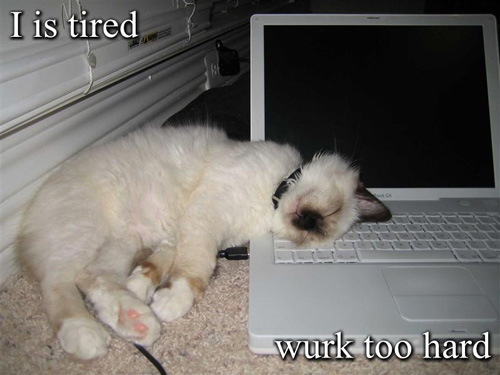August 19th, 2007
Calf Raises - Donkey Style
You may be familiar with calf raises. Usually, these are done on either a seated or standing calf raise machine. Your shoulders or knees sit under levers attached to weights. The balls of your feet sit on the ledge of a small platform, with the heels slightly over the ledge. From here, you move up onto your toes and then lower. That is a single rep. Other variations include simply performing this on a platform while holding onto dumbbells or a barbell, or usingno extra weight at all. It can also be done without a platform, on the floor, by simply raising up on the toes and back down.
Yet another, lesser known, less popular variation, is the donkey calf raise. Perhaps this is because those who actually perform this version do so in the privacy of an empty, or home gym. Instead of using weights or a machine to do the calf raise, the donkey calf raise is done leaning forward, with a partner straddling you back. The name comes from the image of a person riding a donkey. The awkwardness of this seems obvious. Why someone would actually want to put themselves through the humiliation of attempting the calf raise donkey style is not obvious. Apparently it is an extremely good exercise for the calf muscles. I’ll never have a first hand account to know if this is true or not.
The following pic is from the Complete Weight Training Book, by Bill Reynolds. Complete with the 1970’s gym apparel, the Donkey Calf Raise is done perfectly.
p.s. Yes, the guy on top is wearing shorts. It’s hard to tell in the actual book, but this scan makes it seem even more like he’s forgone the vital piece of clothing.


 Losing weight is a commitment. Unfortunately it’s the hard truth - you can’t expect much from a one or two week South-Beach diet. Losing weight means having the will to deny yourself many of the things you may like. Chocolate bars, beer, croissants, all the good stuff has to be removed from your diet, and not just for a couple weeks - staying on the course and staying committed is the number one road to success. Mix in some cardio and resistance training and you’ll be seeing the weight drop off in no time.
Losing weight is a commitment. Unfortunately it’s the hard truth - you can’t expect much from a one or two week South-Beach diet. Losing weight means having the will to deny yourself many of the things you may like. Chocolate bars, beer, croissants, all the good stuff has to be removed from your diet, and not just for a couple weeks - staying on the course and staying committed is the number one road to success. Mix in some cardio and resistance training and you’ll be seeing the weight drop off in no time.